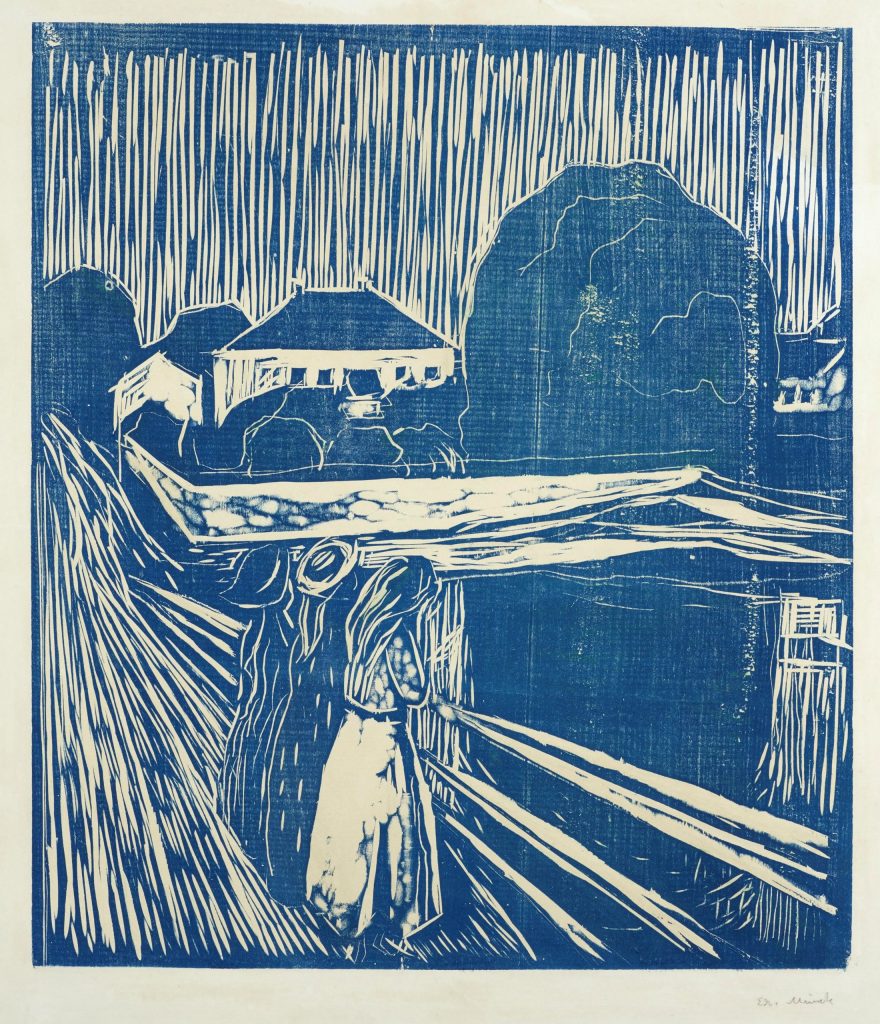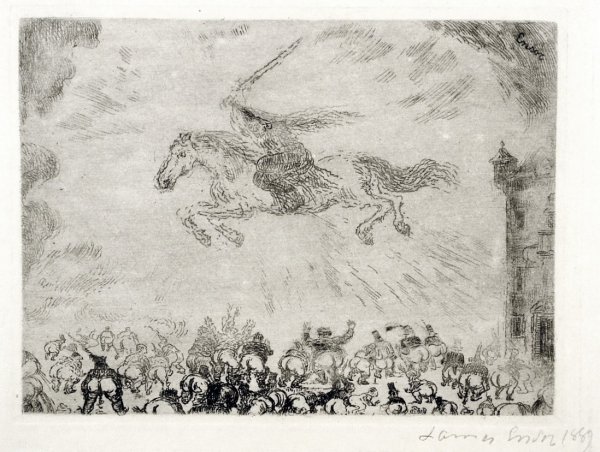Expressionism Art – The Origins
Expressionism art is a modernist movement, initially in poetry and painting, originating in Northern Europe around the beginning of the 20th century. Its typical trait is to present the world solely from a subjective perspective, distorting it radically for emotional effect in order to evoke moods or ideas. Expressionist artists have sought to express the meaning of emotional experience rather than physical reality.

Expressionism developed as an avant-garde style before the First World War. It remained popular during the Weimar Republic, particularly in Berlin. The style extended to a wide range of the arts, including expressionist architecture, painting, literature, theatre, dance, film and music.
More specifically, Expressionism as a distinct style or art movement refers to a number of German artists, as well as Austrian, French, and Russian ones, who became active in the years before World War I and remained so throughout much of the interwar period.

The roots of the German Expressionist school lay in the works of Vincent van Gogh, Edvard Munch, and James Ensor, each of whom in the period 1885 – 1900 evolved a highly personal painting style. These artists used the expressive possibilities of colour and line to explore dramatic and emotion-laden themes, to convey the qualities of fear, horror, and the grotesque, or simply to celebrate nature with hallucinatory intensity. They broke away from the literal representation of nature in order to express more subjective outlooks or states of mind.
Expressionism Art
Browse available prints by influential Expressionist artists.
